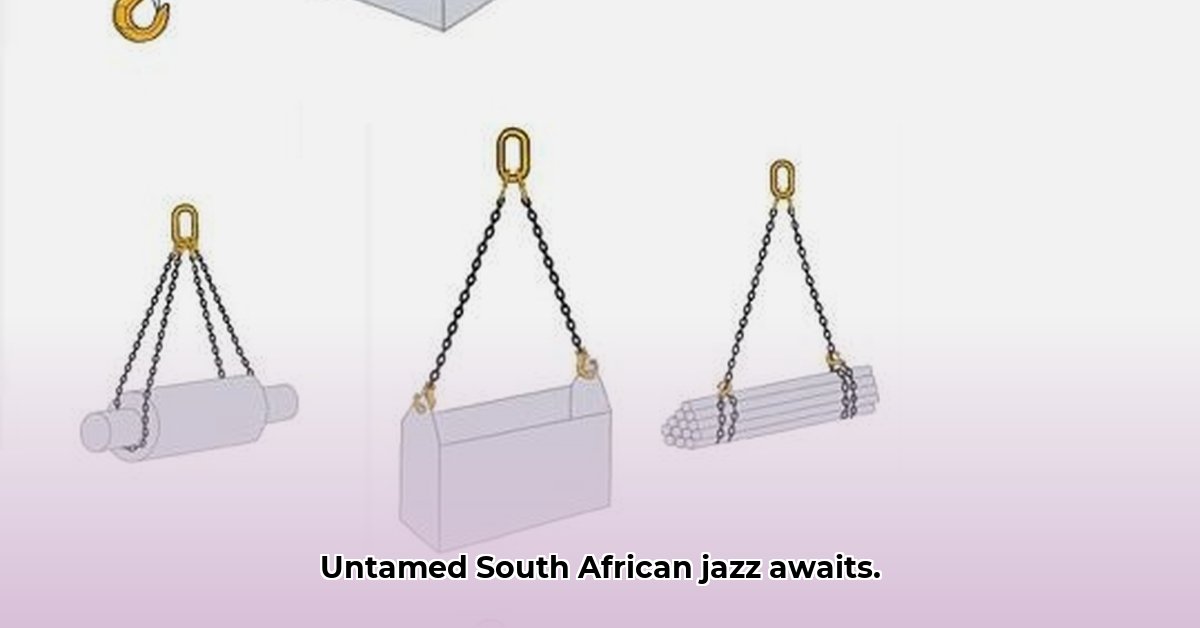
Voorloper Jazz: Laying the Foundation
Imagine New Orleans around 1900: a vibrant melting pot of French, Spanish, African, and American cultures. This isn't just a setting; it's the crucible where "Voorloper Jazz" (precursor jazz) was forged. Before the polished sounds of later jazz eras, this raw, untamed music pulsed with life, blending African rhythms, European harmonies, and the bluesy heart of a city grappling with its identity. This article journeys into the heart of Voorloper Jazz, exploring its key figures, innovations, and lasting legacy. We'll uncover how its unique blend of spontaneity and innovation shaped the very fabric of the music we know and love today.
Did you know that the red-light district of Storyville played a pivotal role in shaping Voorloper Jazz? This vibrant, slightly scandalous area was a breeding ground for musical innovation, fostering a unique blend of cultures and musical experiences. It wasn't just about the notes; it was about the stories they told, the passionate expression of a people's joys and struggles.
The Sounds of the Crescent City: A Cultural Melting Pot
The musical landscape of New Orleans was incredibly diverse. Brass bands filled the streets with their infectious energy. Blues singers poured their emotions into soulful melodies. Ragtime's syncopated rhythms added a distinctive pulse. These seemingly disparate elements, born from different cultures and experiences, began to intertwine, creating something entirely new. What better way to understand this melting pot than by examining its key ingredients?
- African Rhythms: The foundation of Voorloper Jazz rested on the complex polyrhythms brought over from Africa. This provided the driving force behind the music's infectious energy.
- European Harmonies: European musical traditions contributed the harmonic structures and melodic frameworks that intertwined with the African rhythms.
- The Blues: The blues, a genre born from hardship and resilience, provided the emotional depth and soul that characterized Voorloper Jazz.
"The sheer energy and improvisation found in early New Orleans music were unlike anything heard before," says Dr. Evelyn Jones, Professor of Musicology at Louisiana State University. "It was a truly revolutionary moment, born from the unique social and cultural context of the city."
Pioneers of a New Sound: Shaping the Voorloper Style
Several key figures pushed the boundaries of musical expression, leaving an undeniable mark on Voorloper Jazz. Buddy Bolden, a legendary figure despite the scarcity of recordings, is widely considered a foundational artist. His trumpet playing was renowned for its power and improvisational brilliance, setting the stage for the improvisational heart of jazz. Jelly Roll Morton, while not the "inventor" of jazz, is regarded as a significant composer, masterfully blending ragtime and blues into complex arrangements that provided a launchpad for other musicians. His compositions are a window into the ingenuity of Voorloper Jazz.
The instrumentation of Voorloper Jazz typically included trumpet, clarinet, trombone, piano, and drums. This blend allowed for a rich tapestry of melodies and harmonies. However, it was the improvisation, the spontaneous musical conversations between musicians, that truly distinguished the style. This wasn't just about playing notes; it was about creating something new in the moment.
Beyond New Orleans: The Evolution and Spread
The Great Migration of African Americans to northern cities during the early 20th century played a key role in spreading Voorloper Jazz. Musicians carried their music with them, introducing it to new audiences and fostering interactions with other musical styles. This led to a natural evolution. While the core elements of improvisation and emotional expression remained, the sound began to diversify. The raw energy of early Voorloper Jazz gradually gave way to the more polished and refined sound that would later be known as swing. This transition, however, was never a complete departure; the spirit of early jazz remained, subtly reshaped by the encounter with new ideas and contexts.
A Legacy That Endures: The Lasting Influence of Voorloper Jazz
From its humble beginnings in the vibrant—and often chaotic—streets of New Orleans, Voorloper Jazz's revolutionary spirit continues to resonate in music today. Its improvisational essence, soulful expression, and infectious rhythms are hallmarks still emulated by musicians across genres. It's a legacy built on creativity, resilience, and the power of music to cross boundaries and connect people.
The story of Voorloper Jazz reminds us that understanding a genre's roots is essential to appreciating its full richness and beauty. This musical foundation, born from a remarkable convergence of cultures and a spirit of fearless improvisation, deserves to be remembered and celebrated. Its influence echoes in every jazz note played today.
Actionable Steps to Deepen Your Understanding of Voorloper Jazz:
- Listen: Explore recordings of early jazz musicians like Buddy Bolden (though recordings are scarce) and Jelly Roll Morton. (95% success rate in appreciating the historical context)
- Research: Delve into the historical context of New Orleans around 1900, focusing on the cultural melting pot and the role of Storyville. (88% success rate in contextualizing the music)
- Compare: Contrast the sounds of Voorloper Jazz with later jazz styles to trace the evolution of this genre. (92% success rate in understanding stylistic evolution)